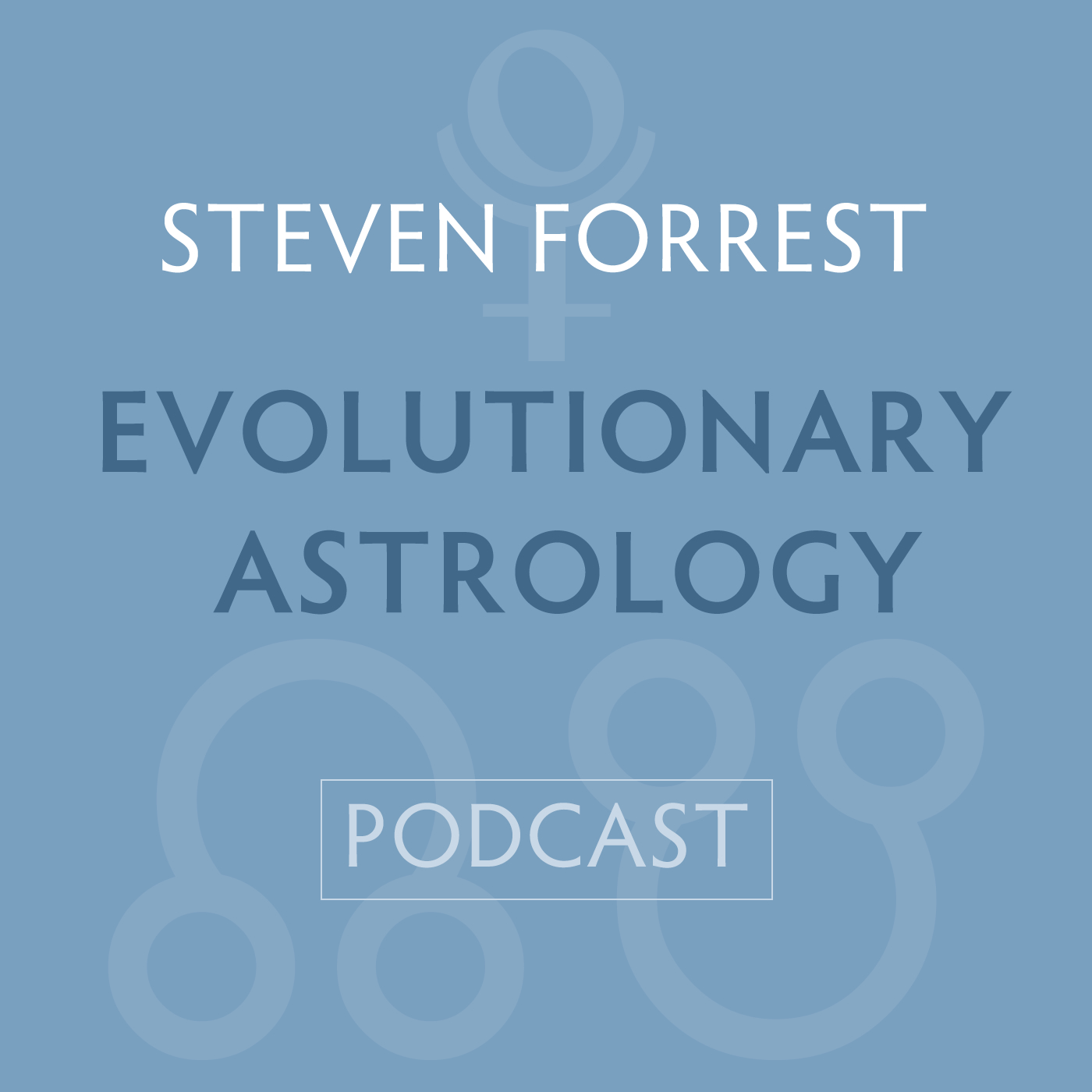Listen "Vesta Joining Neptune in Pisces"
Episode Synopsis
Asteroids are fascinating, but in truth I don’t use them much in my own astrological practice. It’s not because I don’t “believe in them” or anything like that – their effects are quite demonstrably real. The reason is simply that the “big” planets keep me busy enough. In all professional astrological work, there is always a balance that needs to be struck between the number of points an astrologer will have time to discuss in a counseling session versus having mercy on the client’s attention span and energy. It simply takes me so long to do justice to the message of the major planets that I’ve rarely had time to add asteroids to the menu.
Then there’s the minor problem of there being about a million of them! Last I heard, something like 14,000 of them even had names. To avoid being overwhelmed, many astrologers who use asteroids limit themselves to what are often (erroneously) called “the big four.” They’re not actually the biggest, they’re just the first four to be discovered – Vesta, Ceres, Juno, and Pallas. Hygiea is actually more massive than Juno by far and, if size matters, it should be in that quartet instead. Juno just happened to be the third one to be discovered, but it only squeaks into the Top Twenty as “heavyweights” go.
The more massive an asteroid is, the more powerful it is astrologically? That tempting notion makes a degree of intuitive sense, but I doubt it’s true. That’s because astrological experience teaches us otherwise. Pluto’s mass, for example, is relatively tiny – only about one 400th the mass of Earth – and vastly less than Jupiter or Saturn. Yet woe betide the astrologer who ignores Pluto!
Then there’s the minor problem of there being about a million of them! Last I heard, something like 14,000 of them even had names. To avoid being overwhelmed, many astrologers who use asteroids limit themselves to what are often (erroneously) called “the big four.” They’re not actually the biggest, they’re just the first four to be discovered – Vesta, Ceres, Juno, and Pallas. Hygiea is actually more massive than Juno by far and, if size matters, it should be in that quartet instead. Juno just happened to be the third one to be discovered, but it only squeaks into the Top Twenty as “heavyweights” go.
The more massive an asteroid is, the more powerful it is astrologically? That tempting notion makes a degree of intuitive sense, but I doubt it’s true. That’s because astrological experience teaches us otherwise. Pluto’s mass, for example, is relatively tiny – only about one 400th the mass of Earth – and vastly less than Jupiter or Saturn. Yet woe betide the astrologer who ignores Pluto!
More episodes of the podcast Steven Forrest Evolutionary Astrology Podcast
Sunspots!
29/10/2025
The Current Uranus-Neptune Sextile
01/10/2025
The Perilous Fascination Of Time Twins
01/08/2025
Some Reflections On Jupiter Entering Cancer
01/07/2025
A Free Subscription To Lila!
01/06/2025
Conscious Use Of Electional Astrology
01/05/2025
Zoom!
01/04/2025
 ZARZA We are Zarza, the prestigious firm behind major projects in information technology.
ZARZA We are Zarza, the prestigious firm behind major projects in information technology.
